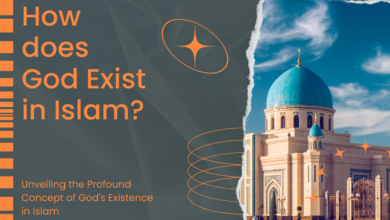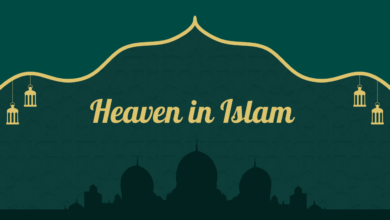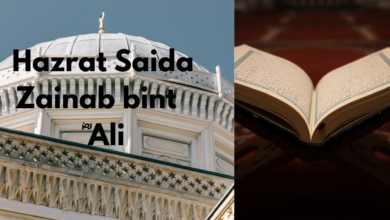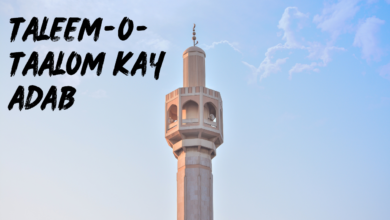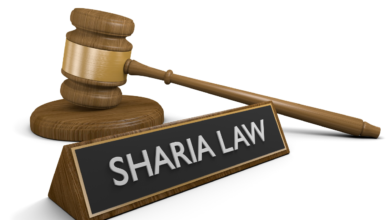Islamic Clothing
Navigating the Tapestry of Islamic Clothing: Modesty, Diversity, and Identity
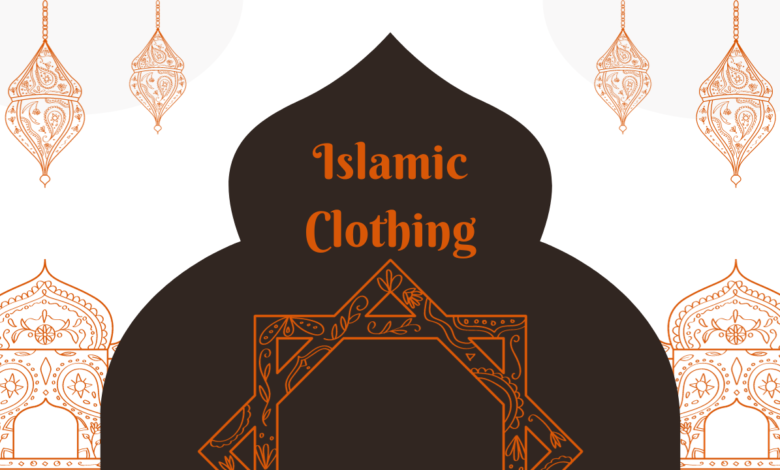
Islamic Clothing
Islamic clothing is primarily worn to adhere to the principles of modesty outlined in the Quran. It serves as a means for Muslims to fulfill their religious obligation of dressing modestly while also expressing their cultural and religious identity.
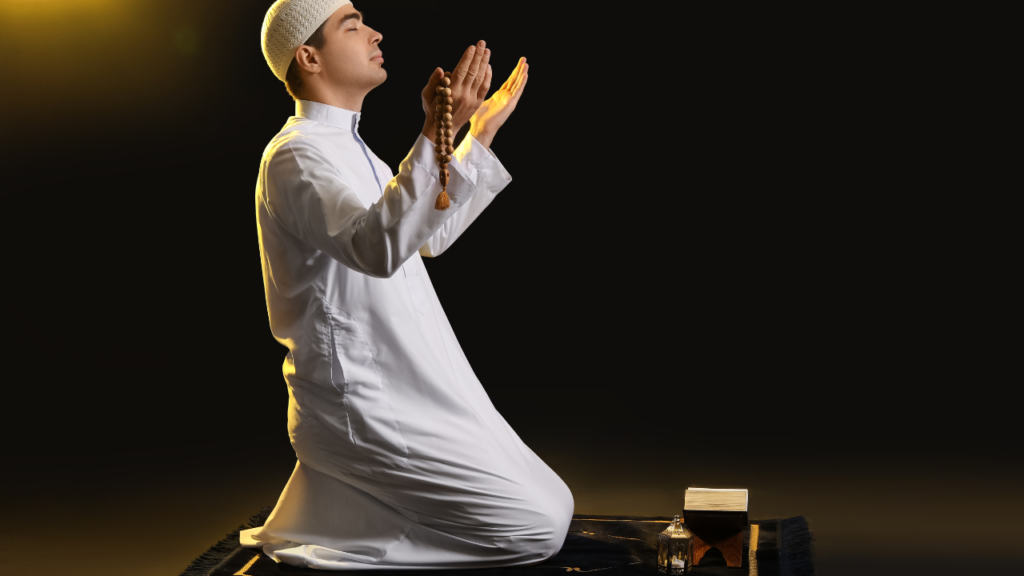
Introduction
Islamic clothing plays a significant role in the lives of millions of Muslims around the world. It is not only a reflection of religious values but also a means of cultural expression and identity. Islamic clothing is diverse and multifaceted, reflecting the rich tapestry of Muslim societies globally. This article delves into the various aspects of Islamic clothing, from its significance to its evolution and modern-day variations.
The Significance of Islamic Clothing
Islamic clothing is primarily worn to adhere to the principles of modesty outlined in the Quran, the holy book of Islam. Modesty is a fundamental concept in Islam, and it extends to both men and women. The Quran instructs Muslims to dress modestly and guard their private parts, which has led to the development of distinct styles of clothing that aim to cover the body while still allowing for individual expression.
Also check.
- Why did Islam Spread So Quickly?
- Why Does Allah Test Us?
- What is Gambling in Islam?
- Why is Hajj Important?
- What is Hell in Islam?
Key Elements of Islamic Clothing
- Hijab: The hijab is one of the most recognizable and widely worn forms of Islamic clothing. It refers to the headscarf worn by Muslim women to cover their hair. While the hijab is a symbol of modesty, it is also a means of identifying as a Muslim woman.
- Abaya: The abaya is a loose-fitting, long robe or dress that is typically worn over regular clothing. It is popular in many Arab countries and offers both modesty and comfort.
- Thobe: The thobe, also known as a dishdasha or kandura, is a long robe worn by Muslim men, particularly in the Middle East. It is often paired with a head covering known as a ghutrah or keffiyeh.
- Niqab and Burqa: The niqab is a face veil that covers everything except the eyes, while the burqa is a full-body covering with a mesh screen for the eyes. These coverings are less common and are primarily worn in certain regions such as Afghanistan and parts of Saudi Arabia.
- Turban: In some Muslim-majority countries like Iran and parts of South Asia, turbans are worn by men as a traditional form of head covering. Turbans can vary in style and color, often reflecting cultural or regional influences.
- Jilbab: The jilbab is a loose-fitting outer garment that covers the entire body except the face and hands. It is worn by Muslim women in various parts of the world and is known for its simplicity and modesty.
Evolution of Islamic Clothing
Islamic clothing has evolved over the centuries, influenced by cultural, historical, and regional factors. Traditional clothing styles have adapted to modern fashion trends, resulting in a wide array of choices for Muslim men and women. While some choose to adhere strictly to traditional attire, others opt for a fusion of contemporary and Islamic clothing, striking a balance between modesty and personal style.
Modernity and Diversity
In the modern era, Islamic clothing has become increasingly diverse, reflecting the global nature of Muslim communities. Fashion designers have embraced the demand for stylish and modest clothing, creating a booming industry that caters to the needs and preferences of Muslim consumers. This has led to the emergence of modest fashion weeks and clothing brands that offer a wide range of options, from casual wear to formal attire.
Conclusion
Islamic clothing is not merely a form of dress but a reflection of faith, culture, and identity. It embodies the principles of modesty and serves as a symbol of one’s commitment to their religious beliefs. The diversity within Islamic clothing allows individuals to express their unique identities while adhering to the core values of Islam. As the world continues to evolve, so too does Islamic clothing, adapting to the changing needs and desires of Muslim communities around the globe.
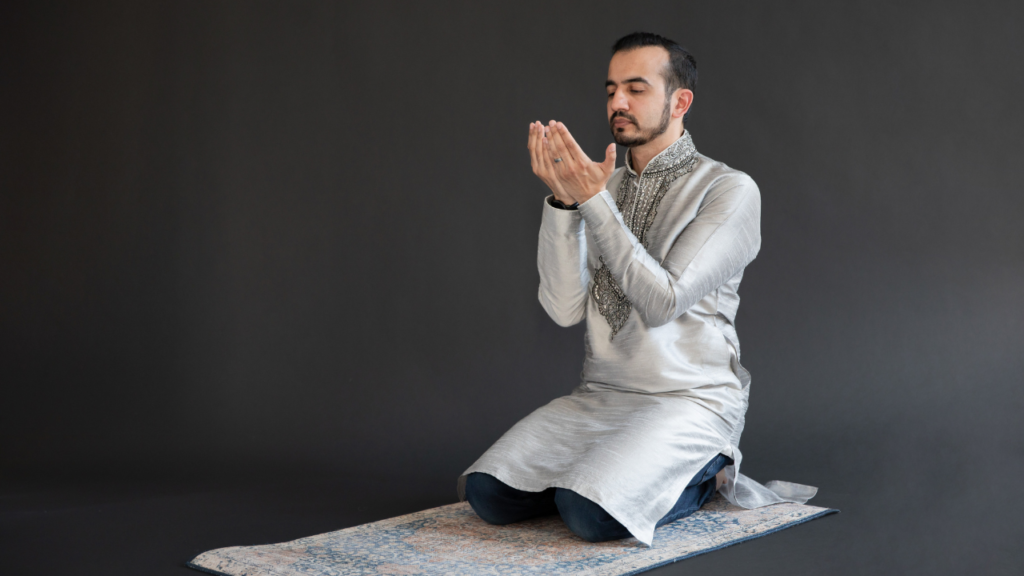
FAQs
What is the significance of Islamic clothing?
Islamic clothing is primarily worn to adhere to the principles of modesty outlined in the Quran. It serves as a means for Muslims to fulfill their religious obligation of dressing modestly while also expressing their cultural and religious identity.
What is the difference between a hijab and a niqab?
A hijab is a headscarf that covers a Muslim woman’s hair, while a niqab is a face veil that covers everything except the eyes. Hijab is more commonly worn, while the niqab is less common and mainly worn in specific regions.
Can non-Muslims wear Islamic clothing?
Yes, non-Muslims can wear Islamic clothing, such as the hijab or jilbab, for various reasons, including cultural appreciation or personal preference. However, it’s important to do so respectfully and with an understanding of the cultural and religious significance.
